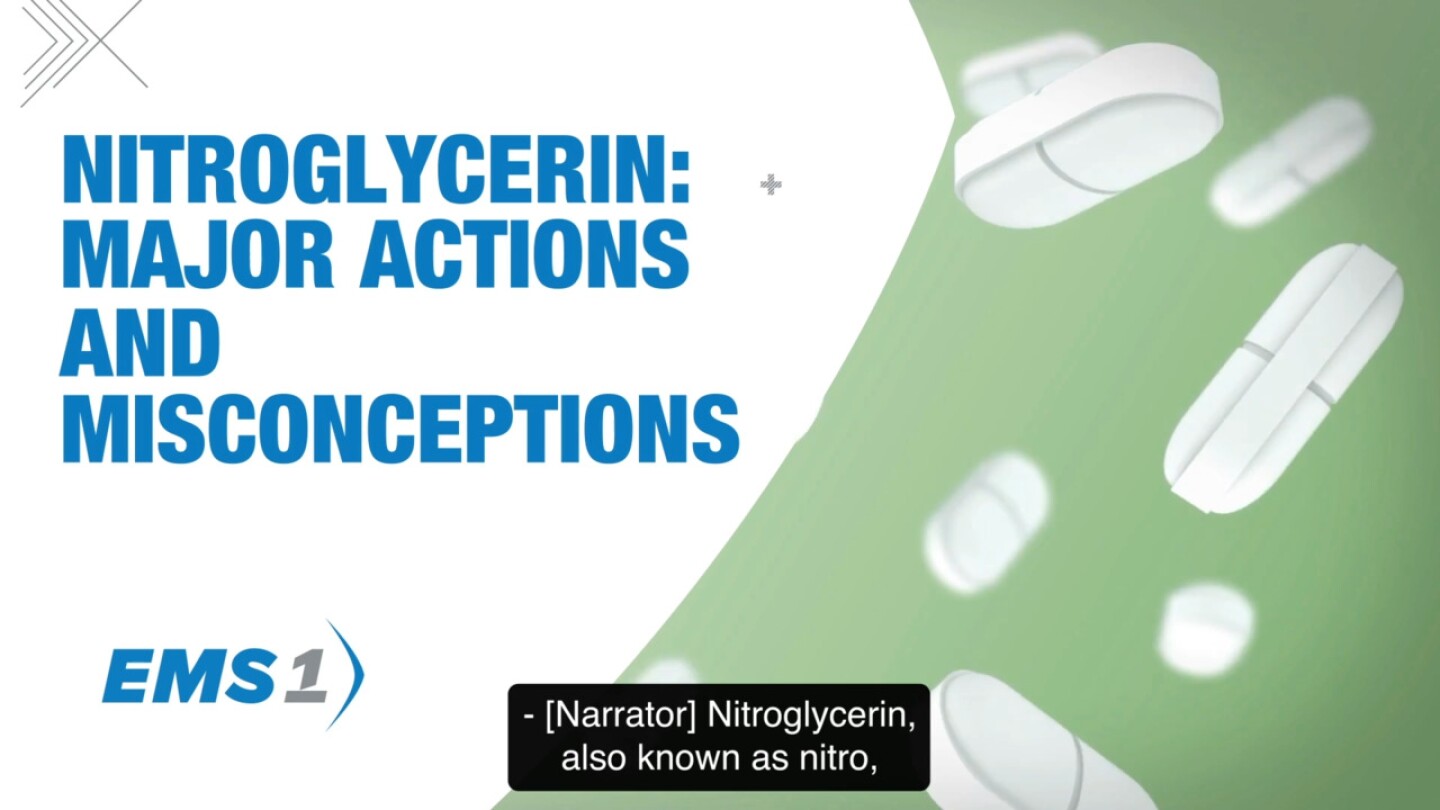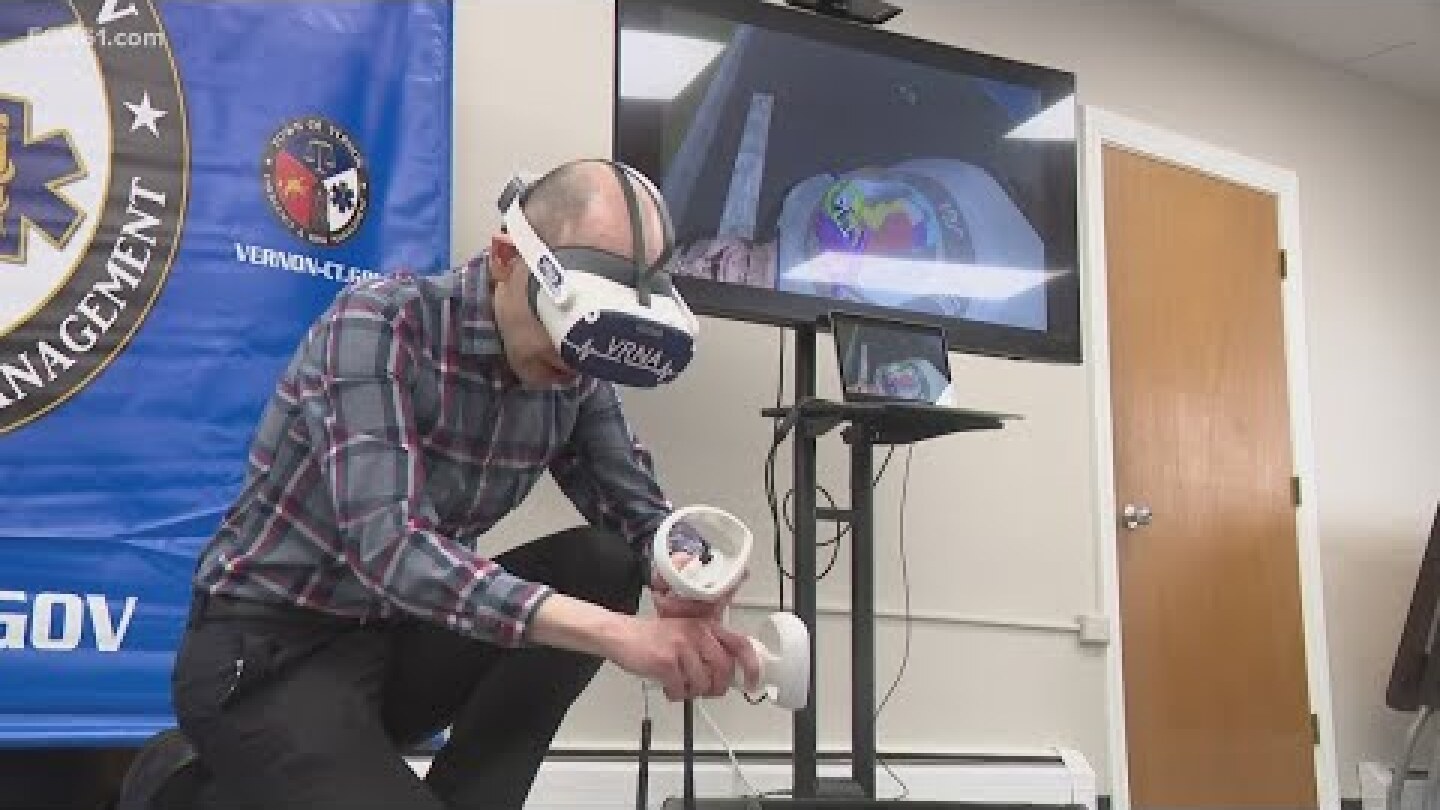EMS Training and Education
Tuesday’s theme aims to foster a culture of safety, collaboration and preparedness within the EMS industry and in local communities
This year marks the 50th recogntion of EMS Week, established in 1974 by President Gerald Ford
Learn more about the accreditation process before voluntary AEMT accreditation becomes available on January 1, 2025
The IPSLEI-endowed scholarship program has awarded $31,000 to students across the United States who desire to serve public safety
Nitroglycerin or “Nitro” is a commonly encountered medication for EMS, but it may not work the way you think or do what you think it does
Here’s an overview of what naloxone is and how responders are helping curb the opioid epidemic
Cover how to identify drug abuse vs. an opioid overdose, as well as drug administration routes and potential complications
Torin Slaughter is raising money to install about 100 Stop the Bleed kits at Case High School
Mayor Eric Adams signed legislation requiring protection and training for FDNY EMS personnel
What is your organization doing to enhance medics’ mathematical skills in the field?
In a concise one-hour course, participants will learn three essential steps to control bleeding
Both sinus arrests and sinus exit blocks are characterized by an irregular rhythm associated with pauses; which is it?
Former state trooper helps MHS students become comfortable with law enforcement
We asked readers for advice on learning and studying pharmacology and received dozens of fantastic responses
How to learn and understand the medications paramedics administer
Lessons learned from implementation of a telestroke program
Paying attention to common eponyms discovered during a patient assessment and their associated pathology can identify a patient’s most critical needs
Consistently following a process to analyze a patient’s ECG will help you correctly identify their cardiac rhythm
Here’s a breakdown of differences in Bell’s palsy and stroke symptoms and prehospital care differences
Students at Respond Right EMS Academy had just learned about seizures when hours later, their instructor began convulsing, leading them to put their newly learned skills to the test
The training system provides a variety of simulations for first responders, such as heart attacks, burns, childbirth, lacerations, broken bones and overdoses
Steve Whitehead shares the most important number on your cardiac monitor
Santa Fe Community College begins program to help increase specialized care throughout the state
You are on scene with a patient who is complaining of weakness. The vital signs your partner has given you are not very detailed. What are some ways to improve on those findings?
Try these six tips to take some of the pressure off of getting a blood pressure
Blood pressure may be the vital sign we measure the most and understand the least
Instead of “rules” you have been taught to distinguish sinus tach and SVT, follow these assessment and ECG interpretation tips
Boulder Valley students work on EMT certification while interning with a fire department
The program takes its name from the first-ever ambulance service composed of primarily Black paramedics
MOST POPULAR
- 5 errors that are giving you incorrect blood pressure readings
- Sinus tach or SVT? 4 clues to tell the difference
- Secondary crashes: The big red truck is simply NOT enough to keep you safe
- How to use OPQRST as an effective patient assessment tool
- ECG interpretation: 10 steps for rhythm identification





























